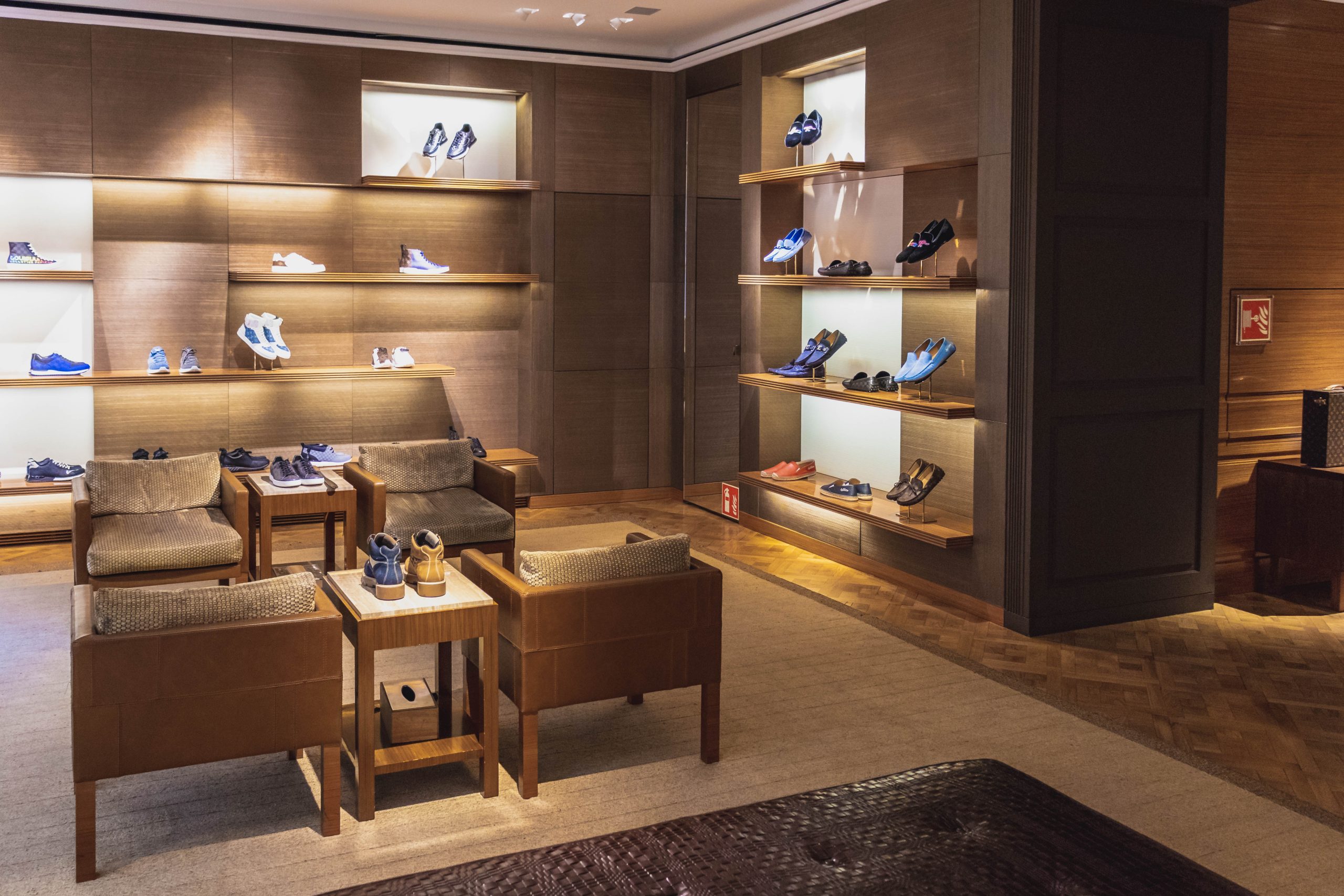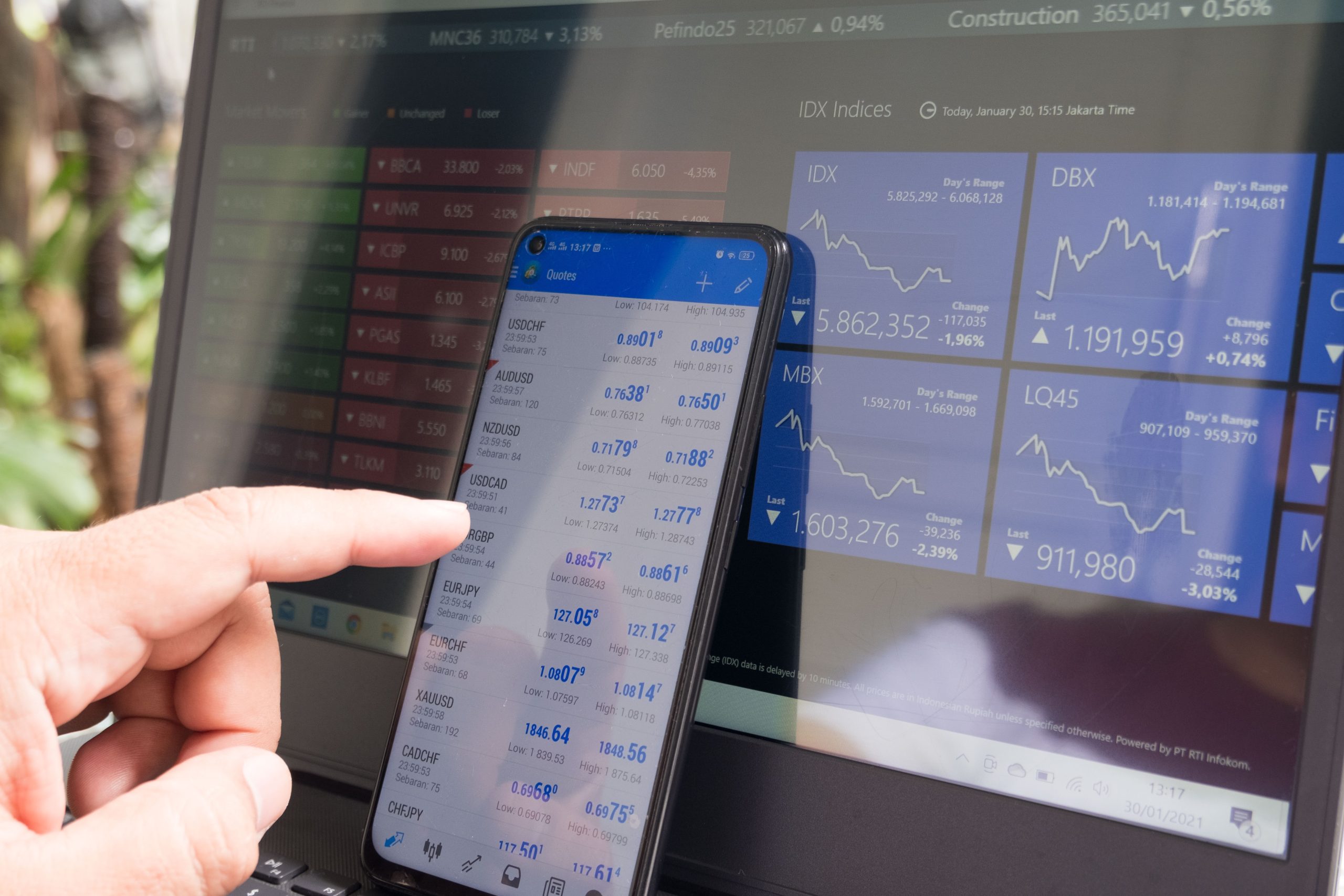Shopping has come a long way from the days of brick-and-mortar stores and window displays. With technology advancing at lightning speed, the retail landscape is undergoing a massive transformation. Retailers are now leveraging cutting-edge technologies to enhance customer experiences, increase operational efficiency, and stay ahead of the competition. In this blog post, we’ll explore how technology is shaping the future of shopping in 2023 and beyond. From augmented reality to AI-powered personalization tools, there’s no doubt that the retail revolution is just getting started!
The future of shopping
The future of shopping is looking more and more digital. With the rise of e-commerce, consumers are becoming increasingly comfortable with buying products online. However, this doesn’t mean that physical stores will disappear altogether.
In fact, brick-and-mortar retailers are finding new ways to integrate technology into their stores in order to provide customers with a seamless experience both online and offline. For example, we can expect to see more interactive displays and kiosks that allow customers to browse products and make purchases without having to physically handle them.
Another trend we’re likely to see is the use of augmented reality (AR) in retail environments. AR allows customers to try on clothes or visualize furniture pieces in their homes before making a purchase. This technology has already been adopted by some major retailers, but it’s expected to become even more widespread in the coming years.
The future of shopping looks bright as retailers continue to innovate and adapt with changing consumer needs and preferences.
The role of technology in retail
The role of technology in retail is rapidly evolving and becoming more significant. It has transformed the way retailers operate, making it easier for them to connect with consumers and streamline their business processes.
One of the most prominent ways that technology has impacted the retail industry is through e-commerce. Online shopping has become a norm, providing shoppers with increased convenience and access to products from different parts of the world. Retailers are now investing in online platforms and optimizing their websites to provide smooth experiences for shoppers.
Another significant impact of technology on retail is the use of data analytics. Retailers can gather customer information using various technologies like mobile apps, social media platforms, and beacon technologies which enables personalized recommendations when shopping online or in-store.
Technology also plays a vital role in enhancing customer experience by improving payment methods like digital wallets, contactless payments, self-checkout kiosks among others which make transactions seamless for customers while increasing efficiency for retailers.
The integration of Artificial Intelligence (AI) into retail operations such as supply chain management and inventory tracking systems helps optimize workflows thereby reducing costs while increasing revenue generation opportunities over time.
Technology continues to revolutionize every aspect of how retailers operate by enabling faster decision-making processes based on real-time data analysis leading to better consumer experiences as well as bridging gaps between physical stores and online marketplaces ensuring that they remain competitive.
How retailers are using technology to stay ahead of the curve
Retailers are embracing technology to stay relevant in a constantly evolving industry. By leveraging the latest tech innovations, retailers can provide customers with an enhanced shopping experience while improving their bottom line.
One way retailers are using technology is through the implementation of artificial intelligence (AI) and machine learning (ML). With these technologies, retailers can analyze customer data to gain insight into consumer behavior, preferences, and trends. This information allows them to tailor their offerings and marketing strategies accordingly.
Another way retailers are staying ahead of the curve is by adopting virtual reality (VR) and augmented reality (AR). These cutting-edge technologies allow customers to visualize products before purchasing them online or in-store. Retailers who utilize VR/AR have seen increased engagement from customers as well as higher conversion rates.
Additionally, mobile apps have become a staple for many retailers looking to connect with consumers on-the-go. Mobile apps offer personalized recommendations, easy mobile payment options and convenient access to loyalty programs among other features creating a more seamless shopping experience for consumers.
Technology has revolutionized how we shop – from AI & ML analytics that help deliver tailored experiences; VR/AR helping us visualize products when making purchase decisions; up until mobile apps enabling us on-the-go purchases – it’s safe to say that this trend only seems set towards further innovation pushing retail forward!
The benefits of technology for shoppers
The benefits of technology for shoppers are vast and varied. Firstly, technology has made shopping more convenient than ever before. With online shopping platforms and mobile apps, shoppers can browse and purchase products from anywhere at any time.
Moreover, technology has empowered consumers with the ability to research products thoroughly before making a purchase decision. From reading reviews to comparing prices across different websites, shoppers have all the tools they need to make informed choices.
Another significant benefit of technology in retail is personalization. Retailers use data analytics to create personalized recommendations based on consumers’ past purchases and browsing history. This not only enhances customer experience but also increases sales.
In addition, augmented reality (AR) is another technological advancement that provides an immersive shopping experience for customers. AR allows shoppers to visualize how a product will look or fit in their homes or outfits without physically trying it on or seeing it in person.
Loyalty programs that use digital rewards incentivize repeat business while simultaneously providing insights into consumer behavior patterns that retailers can leverage moving forward.
The benefits that technology brings to shoppers help create seamless experiences while empowering them with information at every stage of their journey – from discovery through post-purchase satisfaction
The challenges of technology in retail
One of the biggest challenges that retailers face with technology is keeping up with the constant advancements and changes. As new technologies emerge, it can be difficult for companies to adopt them quickly enough to stay ahead of their competitors.
Another challenge is the cost associated with implementing new technology. Investing in cutting-edge tech can be expensive, especially for smaller businesses that may not have as much financial flexibility.
Additionally, there’s a risk involved in relying too heavily on technology. Retailers need to ensure they’re still providing exceptional customer service and personal interactions even as more transactions move online or are automated.
Furthermore, data privacy concerns continue to grow as retailers collect more information about their customers through various technologies. Companies must prioritize protecting consumer data while also utilizing it effectively to improve sales and marketing efforts.
There’s always a learning curve when adopting new technology, which can lead to potential errors or setbacks before reaping benefits. Therefore retailers should evaluate these challenges before investing in any modern tools or systems but once adopted efficiently; these technological advancements will certainly shape the future of retail shopping experience positively.
Conclusion
As we move towards the future, technology will continue to shape and revolutionize the way we shop. From virtual reality to artificial intelligence, retailers have only just begun to tap into the potential of these technological advancements.
The benefits are clear for both businesses and shoppers alike as technology offers a more personalized and streamlined shopping experience. However, there are also challenges that come with incorporating new technologies such as additional costs and ensuring privacy protection.
It’s important for retailers to stay ahead of the curve by embracing innovative technologies while keeping in mind their customers’ needs. The retail industry is constantly evolving but one thing is certain – technology will play an increasingly vital role in shaping its future.
So, whether you’re a retailer or shopper, embrace this retail revolution because it’s going to be an exciting journey!










